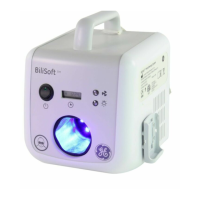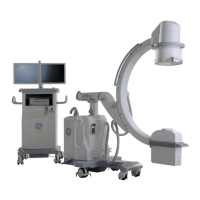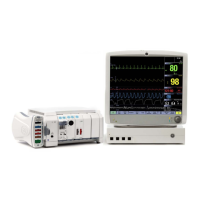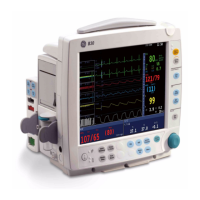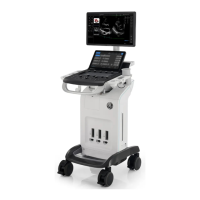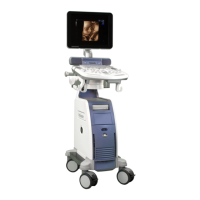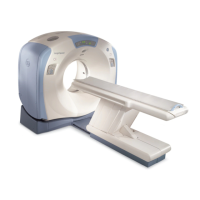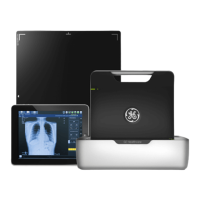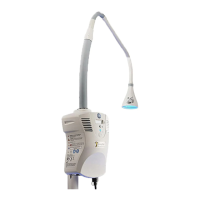89
Non-invasive blood pressure (NIBP)
Safety precautions
Warnings
• The NIBP parameter will not measure blood pressure effectively
on patients who are experiencing seizures or tremors.
• Arrhythmias will increase the time required by the NIBP
parameter to determine a blood pressure and may extend the
time beyond the capabilities of the parameter.
• Do not apply external pressure against the cuff while monitoring.
Doing so may cause inaccurate blood pressure values.
• Do not place the cuff on a limb being used for A-V fistulas,
intravenous infusion or on any area where circulation is
compromised or has the potential to be compromised.
• Accuracy of NIBP measurement depends on using a cuff of the
proper size. It is essential to measure the circumference of the
limb and choose the proper size cuff.
• The cuff size selected in the NIBP menu and the cuff size used
must be correct to obtain reliable NIBP data and to prevent
overpressure in neonatal or pediatric use.
•For SuperSTAT
TM
NIBP Only - It takes one to three minutes for the
NIBP parameter to identify an irregular rhythm after ECG is
connected. For patients with irregular rhythms, simultaneous
monitoring of ECG will enhance NIBP performance. Wait three
minutes after ECG has been connected and ECG heart rate is
present on the monitor screen before performing an NIBP
determination.
• NBP READINGS MAY TIME OUT WHEN USING IABP - An IABP
balloon pump creates non-physiologic arterial waveforms. These
waveforms create an oscillometric signal that may not be
interpreted, causing NIBP to time out. The patient blood pressure
can be monitored from the balloon pump device.
• GE Healthcare monitors are designed for use with dual-hose
cuffs and tubing. The use of single-hose cuffs with dual hose
tubing can result in unreliable and inaccurate NIBP data.
• If a patient’s beat-to-beat pulse amplitude varies significantly
(e.g., because of pulsus alternans, atrial fibrillation, or the use of
a rapid-cycling artificial ventilator), blood pressure and pulse rate
readings can be erratic, and an alternate measuring method
should be used for confirmation.
• If Luer lock connectors are used in the construction of tubing,
there is a possibility that they might be inadvertently connectd to
intravascular fluid systems, allowing air to be pumped in to a
blood vessel.
Cautions
• Devices that exert pressure on tissue have been associated with
purpura, skin avulsion, compartmental syndrome, ischemia,
and/or neuropathy. To minimize these potential problems,
especially when monitoring at frequent intervals or over
extended periods of time, make sure the cuff is applied
appropriately and examine the cuff site and the limb distal to the
cuff regularly for signs of impeded blood flow.
• Periodically check patient limb circulation distal to the cuff.
Check frequently when using Auto NIBP in one and two minute
intervals. The one and two minute intervals are not
recommended for extended periods of time.
• The monitor sets the inflation pressure automatically according
to the previous measurement. Reset the case or discharge the
patient to reset the inflation limits before measuring NIBP on a
new patient.
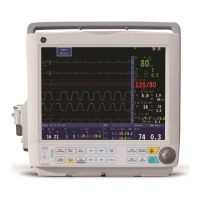
